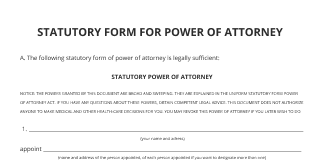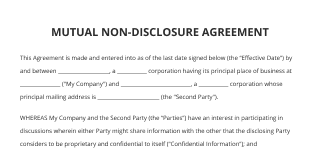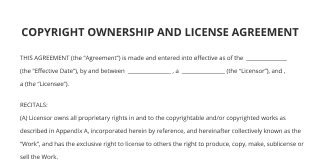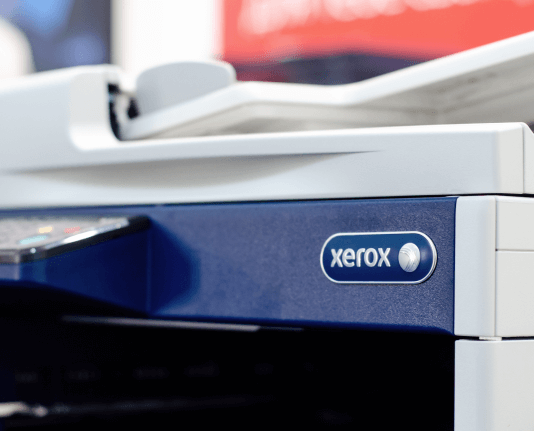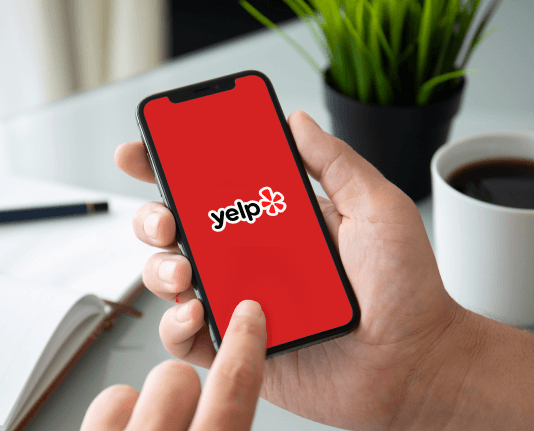Understanding Purchase Order Vs Invoice for Streamlined Business Transactions
Move your business forward with the airSlate SignNow eSignature solution
Add your legally binding signature
Integrate via API
Send conditional documents
Share documents via an invite link
Save time with reusable templates
Improve team collaboration
See airSlate SignNow eSignatures in action
Understanding Purchase Orders
A purchase order (PO) is a document issued by a buyer to a seller, indicating the details of products or services they wish to purchase. It serves as a formal agreement that outlines the quantity, price, and delivery terms. When a seller accepts a purchase order, it becomes a legally binding contract. This process helps businesses manage their procurement efficiently and ensures clarity in transactions.
Purchase orders help in tracking orders and managing inventory. They provide a clear record of what has been ordered, which can be useful for budgeting and financial planning. In a digital workflow, businesses can create and send purchase orders quickly using electronic document solutions, simplifying the approval process and reducing paperwork.
Understanding Invoices
An invoice is a document issued by a seller to a buyer, detailing the products or services provided, along with the amount due for payment. Invoices typically include information such as the invoice number, date, payment terms, and a breakdown of costs. They serve as a request for payment and are crucial for maintaining cash flow in a business.
Invoices can also help businesses keep track of sales and manage accounts receivable. When issued promptly after a sale, they ensure that payments are collected on time. Digital solutions allow businesses to create, send, and manage invoices efficiently, reducing the risk of errors and streamlining the payment process.
Key Differences Between Purchase Orders and Invoices
While both purchase orders and invoices are essential documents in business transactions, they serve different purposes:
- Purpose: A purchase order is used to request goods or services, while an invoice is a request for payment after the goods or services have been delivered.
- Timing: Purchase orders are created before a transaction occurs, whereas invoices are generated after the transaction is completed.
- Content: Purchase orders include details about the order, including quantities and prices, while invoices detail what has been provided and the total amount due.
- Legal Standing: A purchase order becomes a contract once accepted by the seller, while an invoice serves as proof of the sale and a request for payment.
How to Use Purchase Orders and Invoices in Digital Workflows
In a digital document workflow, businesses can streamline the creation and management of purchase orders and invoices. Here are some practical steps:
- Create and send purchase orders: Use digital tools to quickly generate purchase orders, allowing for easy customization and electronic approval.
- Generate invoices: After fulfilling an order, create invoices using templates that automatically populate with relevant details, ensuring accuracy and consistency.
- Track documents: Utilize document management systems to keep track of sent purchase orders and invoices, making it easier to follow up on payments and orders.
- Secure eSigning: Implement electronic signatures for purchase orders and invoices to expedite approvals and ensure secure transactions.
Best Practices for Managing Purchase Orders and Invoices
To effectively manage purchase orders and invoices, consider the following best practices:
- Maintain clear records: Keep organized records of all purchase orders and invoices for easy reference and auditing.
- Set payment terms: Clearly define payment terms on invoices to avoid confusion and ensure timely payments.
- Regularly review processes: Evaluate your procurement and invoicing processes regularly to identify areas for improvement and increase efficiency.
- Utilize automation: Leverage automation tools to reduce manual entry, minimize errors, and speed up the document workflow.
airSlate SignNow solutions for better efficiency
Our user reviews speak for themselves






Why choose airSlate SignNow
-
Free 7-day trial. Choose the plan you need and try it risk-free.
-
Honest pricing for full-featured plans. airSlate SignNow offers subscription plans with no overages or hidden fees at renewal.
-
Enterprise-grade security. airSlate SignNow helps you comply with global security standards.

Grasping the distinction between purchase order and invoice
In the realm of business dealings, it is crucial to grasp the distinction between a purchase order and an invoice. A purchase order is a document dispatched from a buyer to a seller, specifying the items they intend to acquire, while an invoice is a payment request following the delivery of goods or services. Employing tools like airSlate SignNow can simplify the signing procedure for these documents, boosting efficiency and precision.
Steps to leverage airSlate SignNow for purchase order and invoice
- Access the airSlate SignNow website using your chosen browser.
- Create a complimentary trial account or sign in to your current account.
- Choose the document you want to sign or send for signatures and upload it.
- If you intend to use this document repeatedly, transform it into a reusable template.
- Open your uploaded file and make necessary adjustments, such as incorporating fillable fields.
- Add your signature to the document and include signature fields for the designated recipients.
- Click 'Continue' to set up and dispatch an eSignature invitation.
airSlate SignNow provides a robust solution for organizations seeking to efficiently handle their document signing workflows. With its extensive features, it offers excellent return on investment, making it an ideal option for small to mid-sized enterprises. The platform is intuitive and adaptable, ensuring it meets your evolving requirements.
Moreover, airSlate SignNow presents clear pricing without hidden charges and delivers outstanding 24/7 assistance for all paid subscriptions. Begin your free trial today and discover the advantages of streamlined document management!
How it works
airSlate SignNow features that users love
Get legally-binding signatures now!
FAQs
-
Do you raise a purchase order before an invoice?
PO numbers come first, initiating the purchasing process and ensuring authorization, while invoice numbers arrive later, serving as formal payment requests. Together, they help businesses track transactions end-to-end, reduce errors, and maintain organized financial records. -
Does PO come before an invoice?
Once a vendor accepts a purchase order, it becomes a legally binding document that holds both parties accountable to the terms of the agreement. An invoice is sent by a vendor after the PO is fulfilled and the agreed-upon goods and services are provided. -
What comes first, a PO or an invoice?
The creation of a purchase order is the first step in a business transaction, it is issued by the buyer and authorizes a seller to provide a product or service at a specified price. The invoice is a bill issued by the seller when that product has been delivered or the service has been completed. -
What are the disadvantages of a purchase order?
Although it is not a legal requirement, using a purchase order document to buy goods or request services, with a vendor later invoicing the buyer, can reduce misunderstandings, errors, duplicate payments, and financial issues down the line. -
Is a purchase order the same as an invoice?
Time-Consuming Data Entry: One of the most apparent drawbacks of manual purchase orders is the laborious data entry involved. Transcribing product information, quantities, and pricing from paper documents into digital systems is not only time-consuming but also highly susceptible to human error. -
Do you send an invoice after a PO?
A purchase order is usually sent at the beginning of the transaction to form a contract between parties. Invoices, on the other hand, are sent at the end of the transaction using the information from the purchase order to request payment.
What active users are saying — purchase order vs invoice
Related searches to Understanding purchase order vs invoice for streamlined business transactions
Get more for purchase order vs invoice
- Indian Hotel Bill Format in Word Free Download
- Insertion Order vs Invoice: Key Differences Explained
- Streamline Your Invoice and Receipt Process
- Understand Invoice and Receipt Difference
- Invoice Discounting Agreement
- Invoice Examples Word
- Create Invoice for Customs Easily
- Create Invoice for Painting Services
Find out other purchase order vs invoice
- Boosting Online Signature Legitimateness for ...
- Unlocking the Power of Online Signature Legitimateness ...
- Unlock the Legal Power of Online Signature ...
- Boost the online signature legitimateness for ...
- Achieve Online Signature Legitimateness for ...
- Boost your Housekeeping Contract Legitimacy in UAE with ...
- Guaranteed online signature legitimateness for Home ...
- Achieve Online Signature Legitimateness for Home Office ...
- Ensuring Online Signature Legitimateness for Home ...
- Increase online signature legitimateness for Home ...
- Ensure Online Signature Legitimateness for Home Office ...
- Boost Your Home Office Rental Agreement Legitimacy with ...
- Online Signature Legitimateness for Home Office Rental ...
- Unlock the Legitimacy of Online Signatures for Your ...
- Online Signature Legitimateness for Home Loan in Mexico ...
- Online Signature Legitimateness for Home Loan in ...
- Online Signature Legitimateness for Home Loan in ...
- Online Signature Legitimateness for Home Loan in United ...
- Boost Home Loan Approval with Online Signature ...
- Ensure Online Signature Legitimateness for Home Loan in ...





